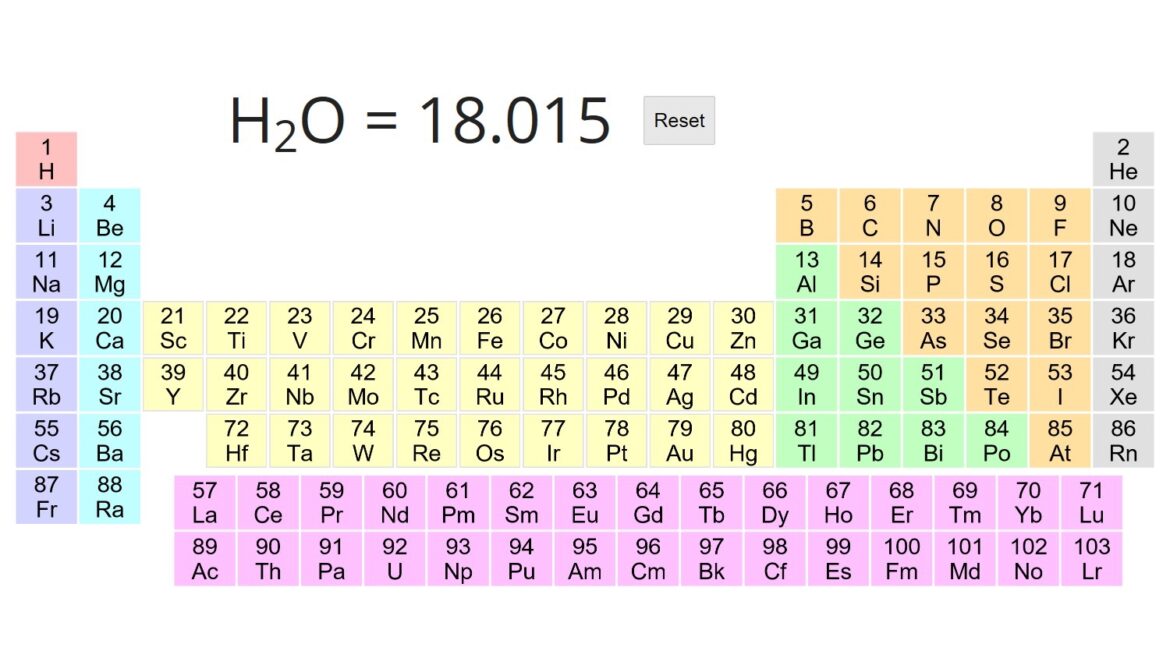Before we get into what molecular weight is, we need to address the fact that more than often scientists use terms such as molar mass and molecular mass as synonyms. In certain areas, that’s okay because one cannot distinguish between them. But in some science fields, there is a distinct difference between the terms, and not distinguishing them can easily lead to unwanted errors.
Molecular Weight 101
The most straightforward definition of molecular weight is the molecule’s mass measured in daltons. The mass of the molecule consists of the sum of the weighs of all atoms found within the particular molecule. Typically, molecular weight is abbreviated by MW or M.W. Sometimes molecular weight is described in Daltons or atomic mass units. In other cases, molecule weight can be weightless.
How to Calculate Molecular Weight
There are two ways to approach this. One is the easy path that leads to a molecular weight calculator that gets the job done for you and you don’t even need to know the molecular formula. The other one includes learning the molecular formula which is not the simplest ones. To calculate the molecular formula you need to know the number of the present atoms which you need to multiply to its atomic weight. Once you calculate that for all the atoms within the molecule you sum the weights of each of those atoms.
For example, you need to calculate the molecular weight of methane (CH4)
That’s one carbon atom and four hydrogen atoms. The standard atomic weight of carbon atoms is 12.001, whereas the standard atomic weight of hydrogen is 1.008.
The molecular weight (g/mol or Da) of methane (CH4) is equal to (1 x C) + (4 X H). When we add the values of the atoms in the equation, we get (1 x 12.001) + (4 x 1.008).
(1 x 12.001) + (4 x 1.008) = 12.001 + 4.032 = 16.043 g/mol or Da
That’s how we calculated the molecular weight of methane CH4 which is 16.043 g/mol or Da. That’s how you calculator the molecular weight for other elements as well.
How to Calculate Molecular Mass?
If we want to calculate the molecular mass of methane (12C1H4) then we use the following approach; (12C x 1) + (1H x 4). When we add the actual nuclide mass in the equation we get this (12.00 x 1) + (1.007825 x 4). After we crunch the numbers the final result, the molecular mass of methane is 16.0313 (u or Da)
In Conclusion
If you are new in the world of chemistry, all this might look a bit frightening and a lot of work. However, if you are a seasoned professional there isn’t much to worry about as this will become a daily routine for, same as basic math. However, if you are trying to take your research to a new level, you will need way more than these basic skills.
You will need someone with a deeper understanding of chemical processes and years of experience on their belt. Plus, someone with access to a modern lab that can turn your ideas into something way more tangible. The point being here is don’t let that big idea stay forever in your mind, and let it out in the world with the help of highly trained and experienced professionals.

